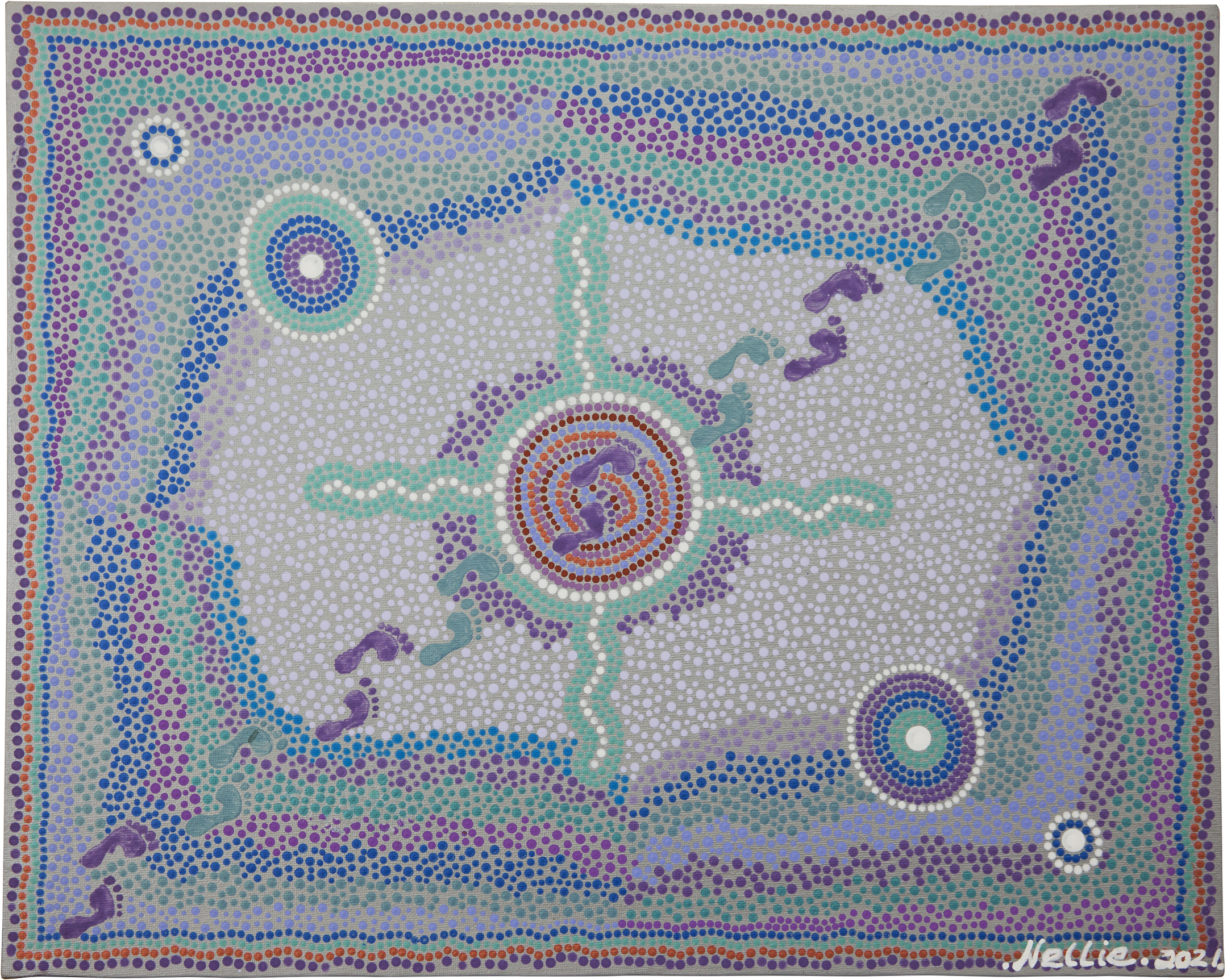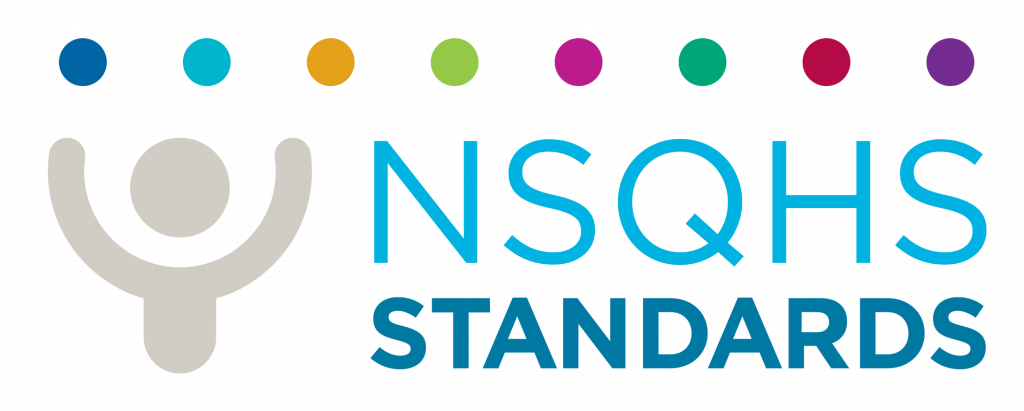

James is a podiatry graduate who has worked in public and private settings in Victoria, New South Wales and Tasmania, and he now lectures at La Trobe University within the discipline of podiatry. James is also a current University of Newcastle PhD candidate, involved in research giving First Nations voice to foot health education, and the developing, delivering, and evaluating of cultural safety education for undergraduate podiatry students.
Providing culturally safe podiatry care is a professional capability, let’s look at where it starts. Here are some questions to self-reflect on first of all.
Are you aware whether the patients you work with are Aboriginal and/or Torres Strait Islander? If not, why not? And if not, how can you deliver culturally safe care for First Nations Peoples without accounting for cultural differences?
A starting point in delivering culturally safe podiatry care is to simply ask clients: ‘Are you of Aboriginal and/or Torres Strait Islander origin?’
This may be asked as an individual podiatrist or by the organisation or business within which you work.

In fact, ‘Action 5.08’ of the NSQHS requires that, ‘The health service organisation has processes to routinely ask patients if they identify as being of Aboriginal and/or Torres Strait Islander origin, and to record this information in administrative and clinical information systems.’
Added to this advice, the below is taken directly from page 36 of the National Safety and Quality Primary and Community Healthcare Standards (NSQPCHS).
On the following page of this document (‘Action 3.22’), the National Safety and Quality Primary and Community Healthcare Standards requires healthcare services to have processes that:
So, asking this question is important not just because it respects the patient and wider communities, but also because it reflects government guidelines that all healthcare providers should be aware of, and follow.
In the next issue of STRIDE, we will follow up with further cultural safety considerations to bear in mind when asking patients or clients if they are of Aboriginal and/or Torres Strait Islander origin.
In the meantime, the following resources may aid your own improvements when it comes to clinical governance and cultural safety:
Here’s a run down of the structures that surround it.
© Copyright 2021 The Australian Podiatry Association
